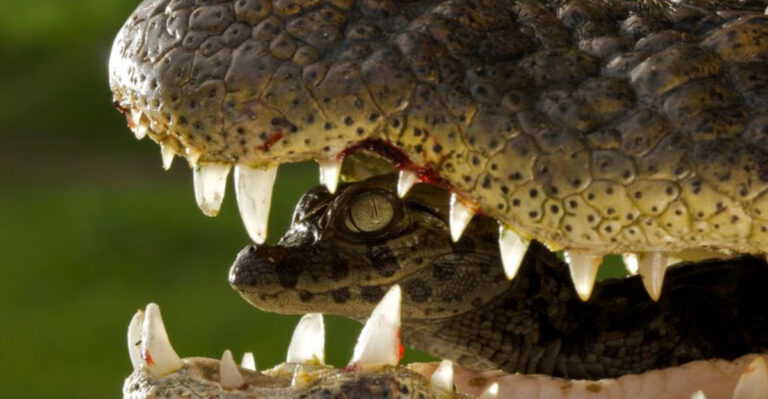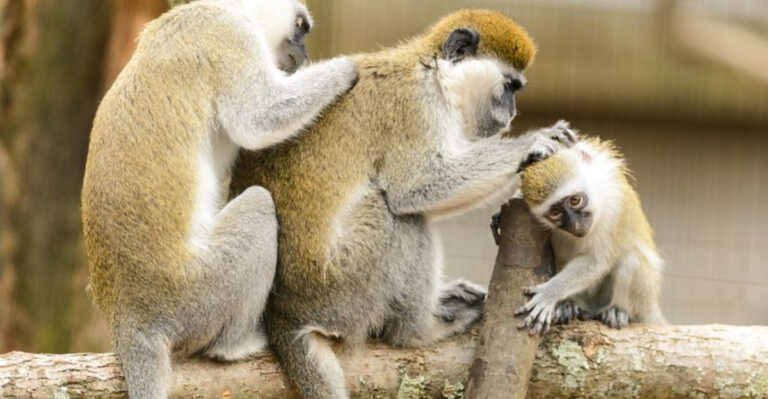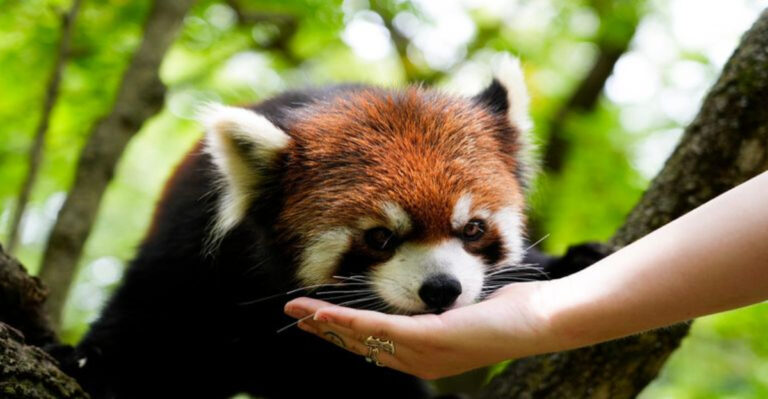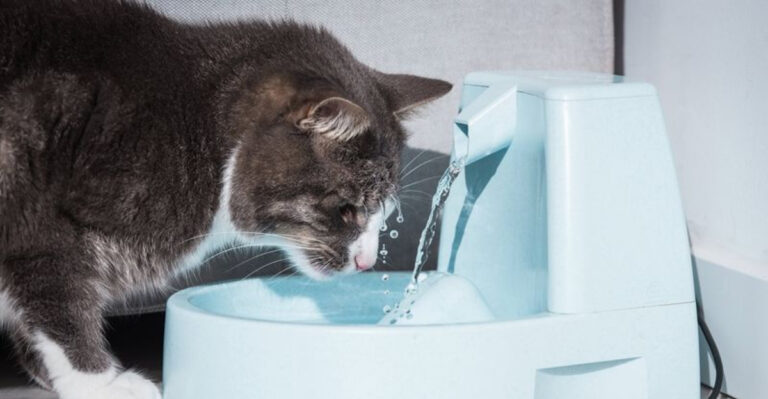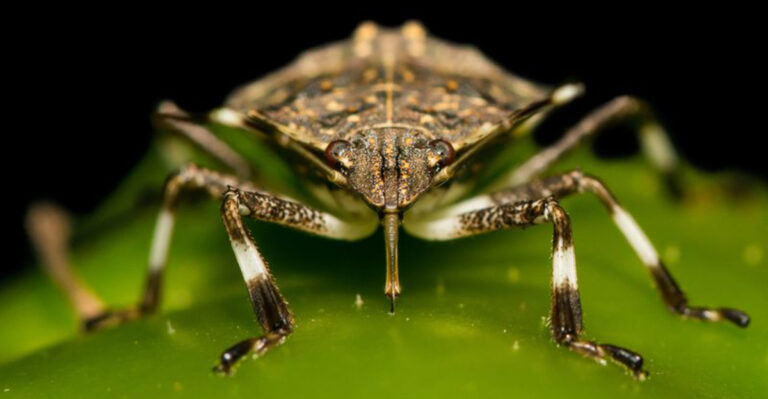10 Astonishing Animals That Can Switch Their Gender
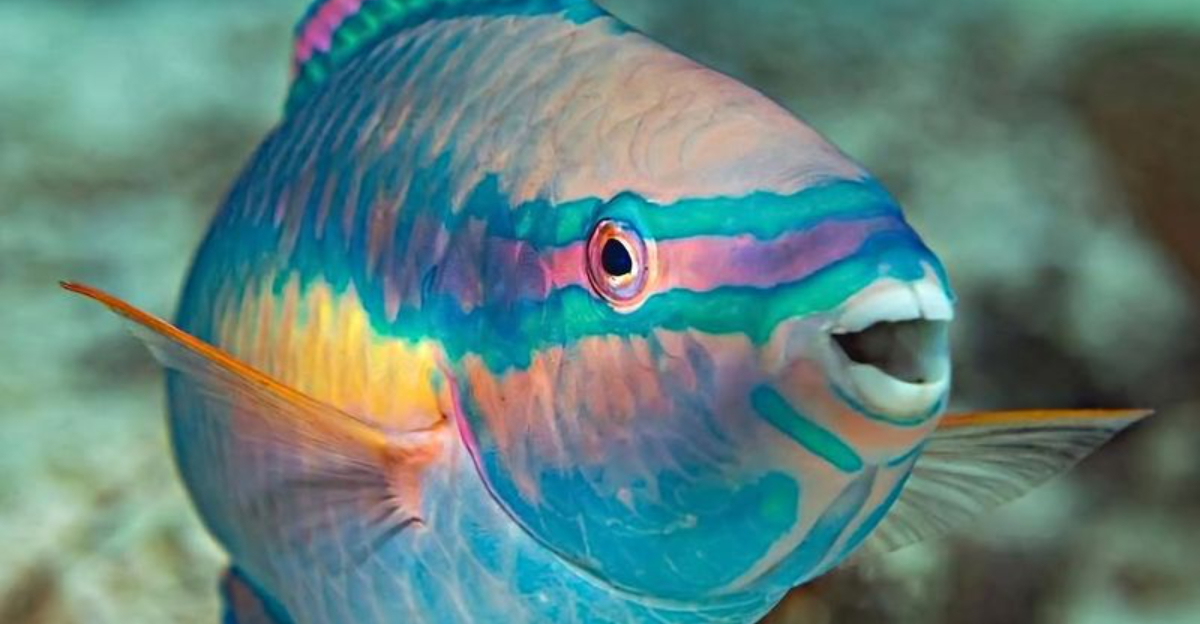
Some animals have an incredible ability to change their gender, which might sound like something straight out of a sci-fi movie, but it’s a real survival strategy in the animal kingdom.
These creatures can flip between male and female, sometimes depending on environmental factors or their social status.
1. Slipper Limpet
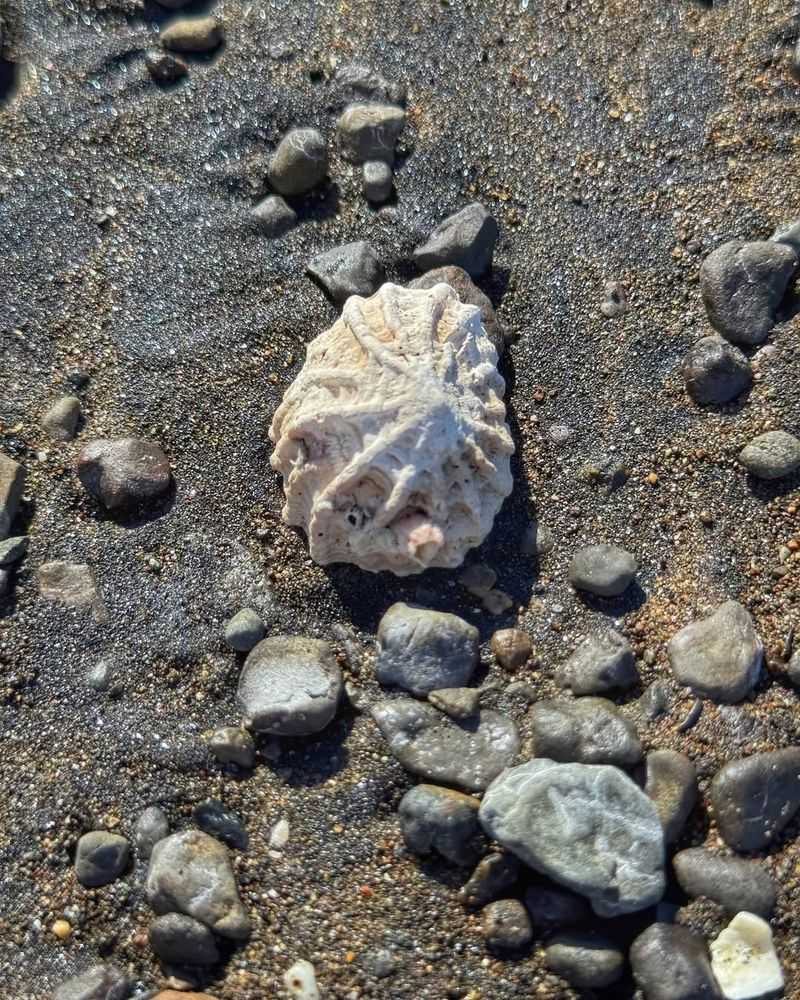
Slipper limpets are intriguing mollusks found along rocky shores. These creatures stack atop each other, forming towers of shells. Initially males, they transform into females as they age, ensuring reproduction.
Their gender switch is prompted by environmental cues and social hierarchies. As a male at the bottom of a stack ages, it turns female, enabling mating with younger males above.
2. Bluehead Wrasse
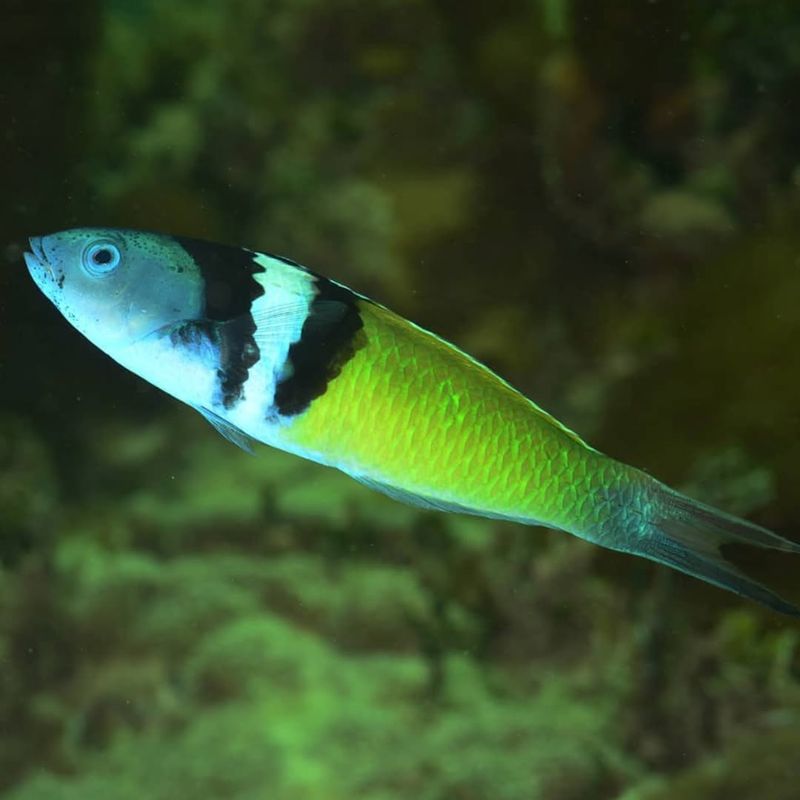
The bluehead wrasse, a small but colorful fish, inhabits coral reefs in the Atlantic Ocean. It starts life as a female but can become male under certain conditions.
This transformation occurs when a dominant male dies or leaves, prompting the largest female to change gender, maintaining the social structure. The process is quick, often completing within days, highlighting the species’ adaptability.
3. European Green Toad
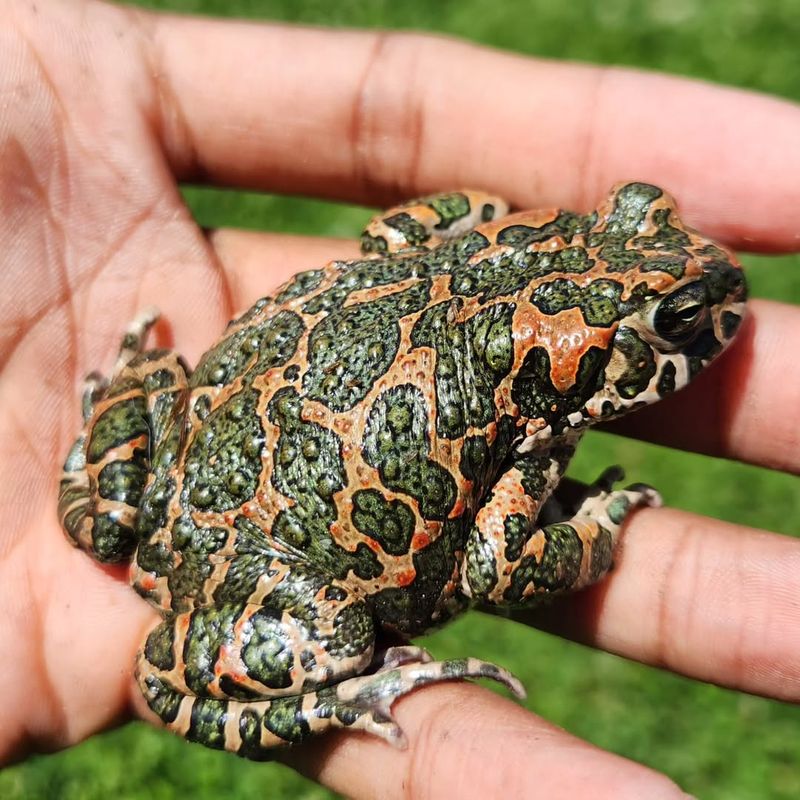
The European Green Toad is not just known for its striking appearance with green and brown patterns but also for its unique gender-changing ability. Predominantly found across Europe, these toads adapt their gender based on environmental pressures.
This ability is crucial for their survival as it allows them to maintain optimal breeding conditions within their populations.
4. Coral Gobies
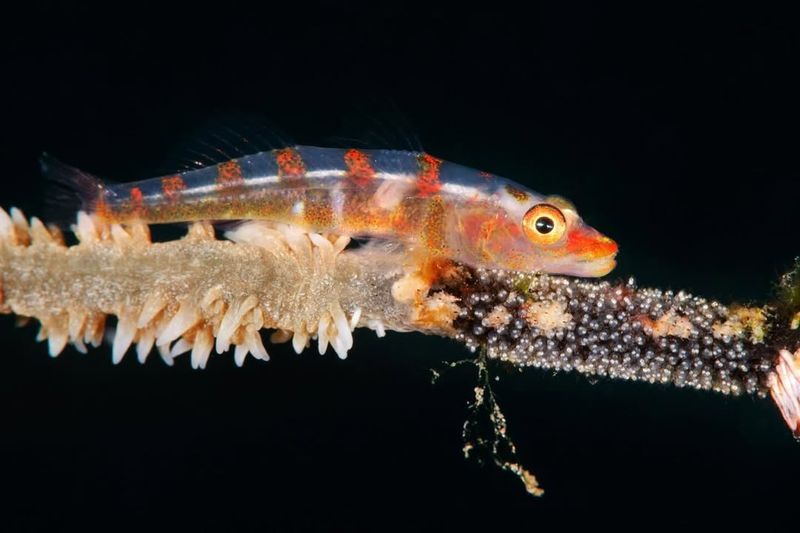
Coral gobies, tiny yet vibrant fish, inhabit various coral reefs. They are known for their capacity to change gender as circumstances demand.
In these hierarchical communities, when a dominant male dies, the largest female often becomes male, ensuring reproductive continuity. This swift transformation maintains social balance and breeding capability.
5. Sharks
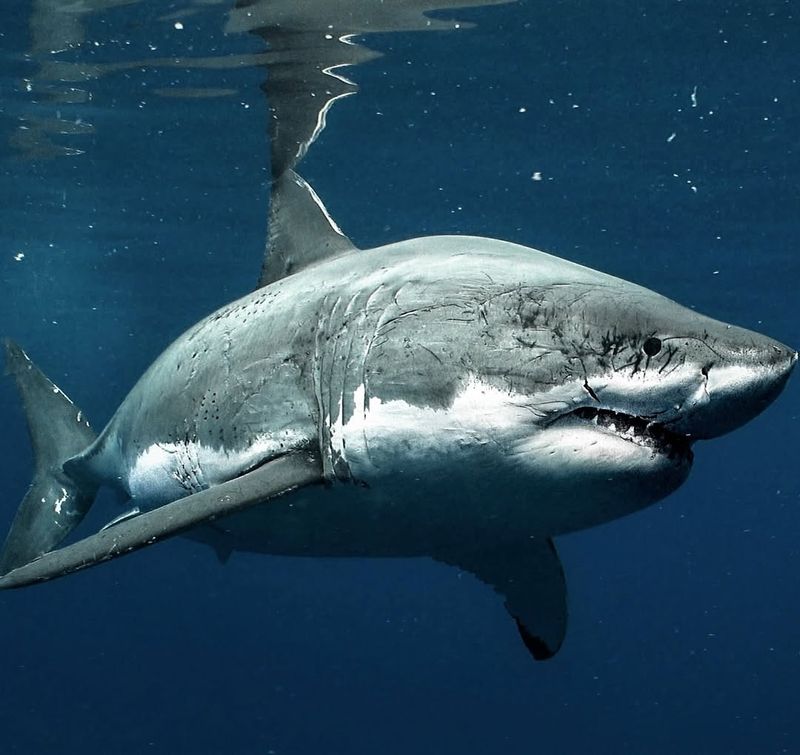
Some shark species exhibit sequential hermaphroditism, capable of changing gender. This rare phenomenon in sharks is fascinating, though not fully understood.
Environmental cues and population dynamics may play a role in this gender transformation, ensuring effective reproduction. Such adaptability enhances genetic diversity, crucial for species survival in changing oceans.
6. Gobies
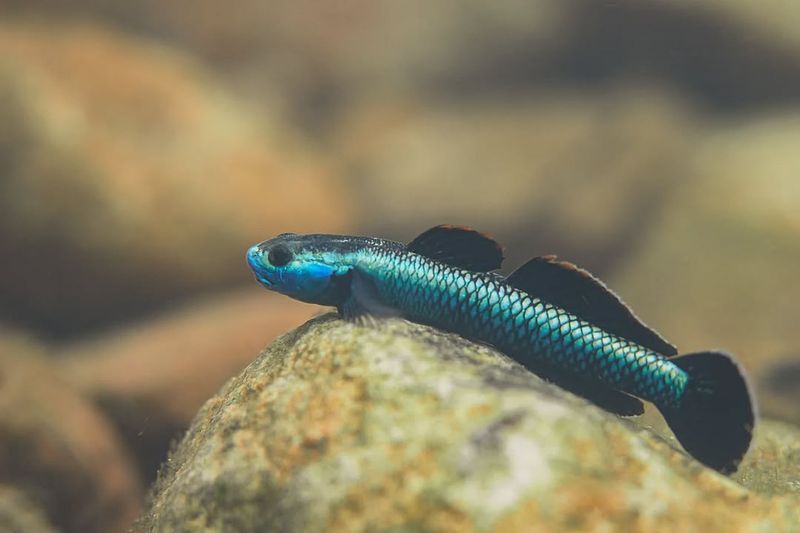
Gobies, small and agile, are renowned for their gender-switching abilities. Predominantly found in coastal waters, these fish can transition from female to male or vice versa.
Such flexibility is crucial in environments with skewed sex ratios, ensuring mating opportunities. Gobies often change gender based on social hierarchy and environmental triggers.
7. Sea Bass
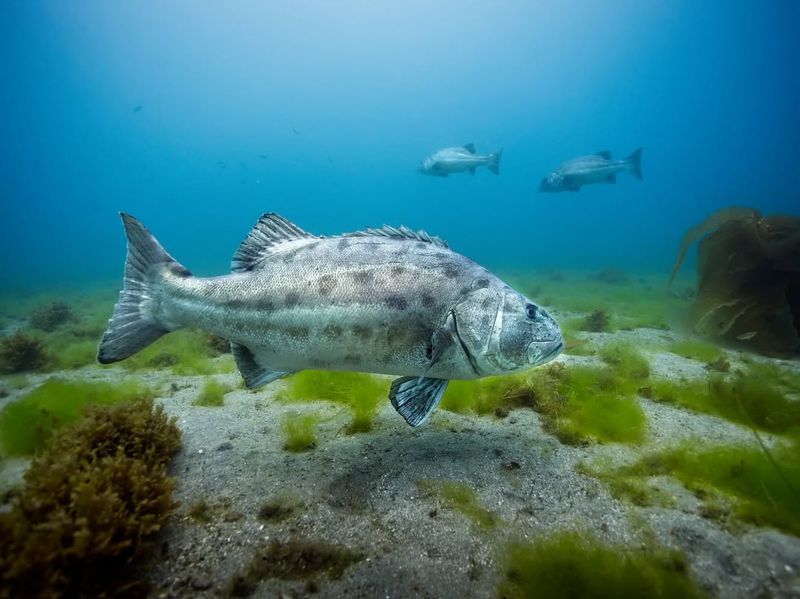
Sea bass, prevalent in both wild and aquaculture settings, are protandrous hermaphrodites. They start life as males, transitioning to females as they mature.
This shift is influenced by growth, population structure, and environmental conditions, maximizing reproductive output. Larger females produce more eggs, enhancing species propagation.
8. Wrasse
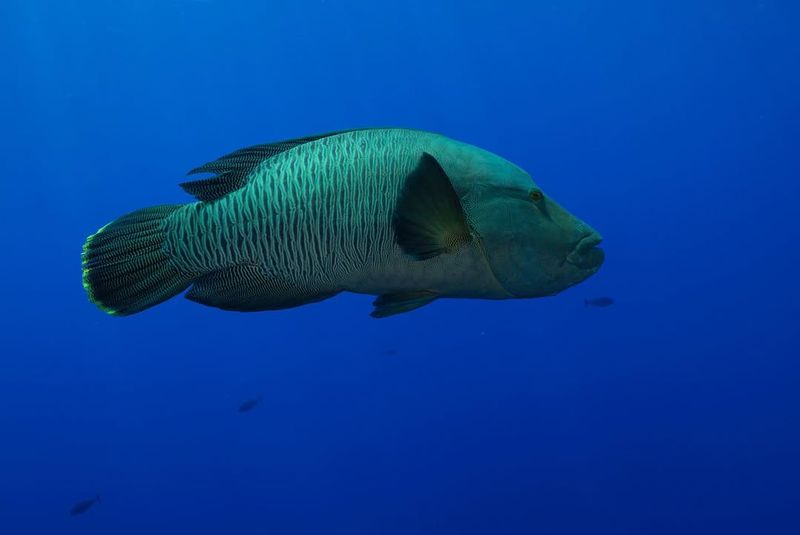
Wrasses, a diverse fish family, are known for their vibrant colors and gender-switching abilities. Many species exhibit protogyny, where females can become males.
This change typically occurs when a dominant male is absent, allowing the largest female to assume the male role. Such flexibility ensures reproductive continuity and social stability in wrasse communities.
9. Parrotfish
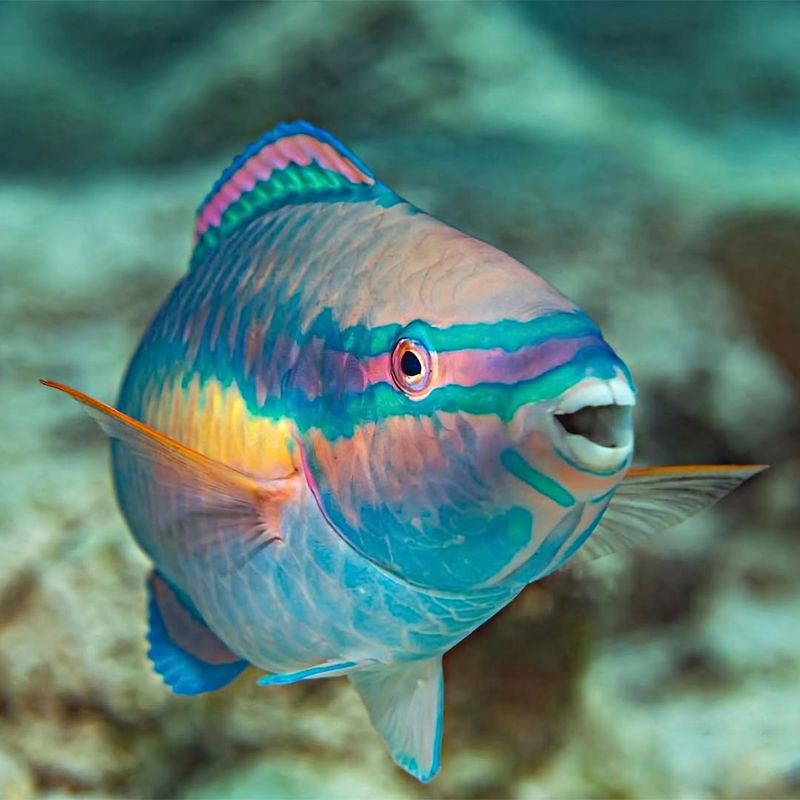
Parrotfish, with their stunning coloration and unique feeding habits, are protogynous hermaphrodites. Females transform into males, often triggered by social dynamics.
This gender change allows them to form harems, with one male overseeing several females. Such social structures enhance mating success and genetic diversity.
10. Clownfish
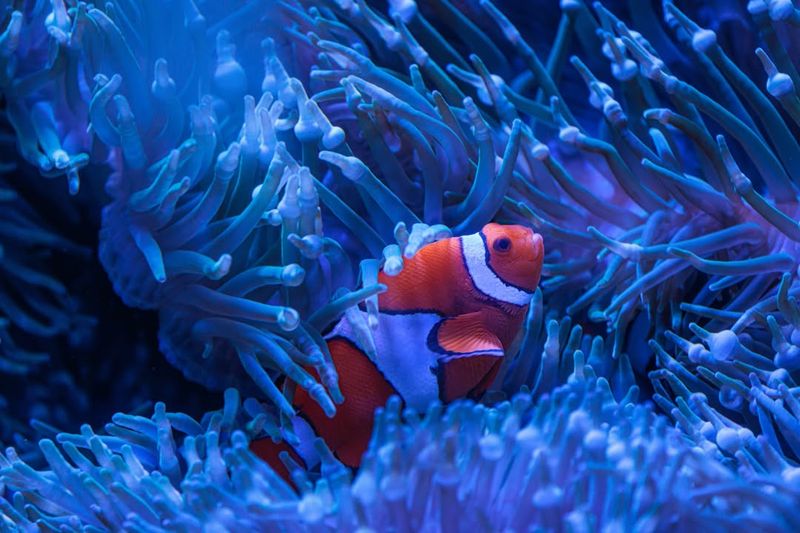
Clownfish, famed for their symbiotic relationship with sea anemones, are protandrous hermaphrodites. They start as males, with the dominant individual becoming female.
This gender transition is crucial for colony dynamics, ensuring a breeding pair is always present. Their vibrant appearance and unique behavior, popularized by films, make clownfish a beloved species.

